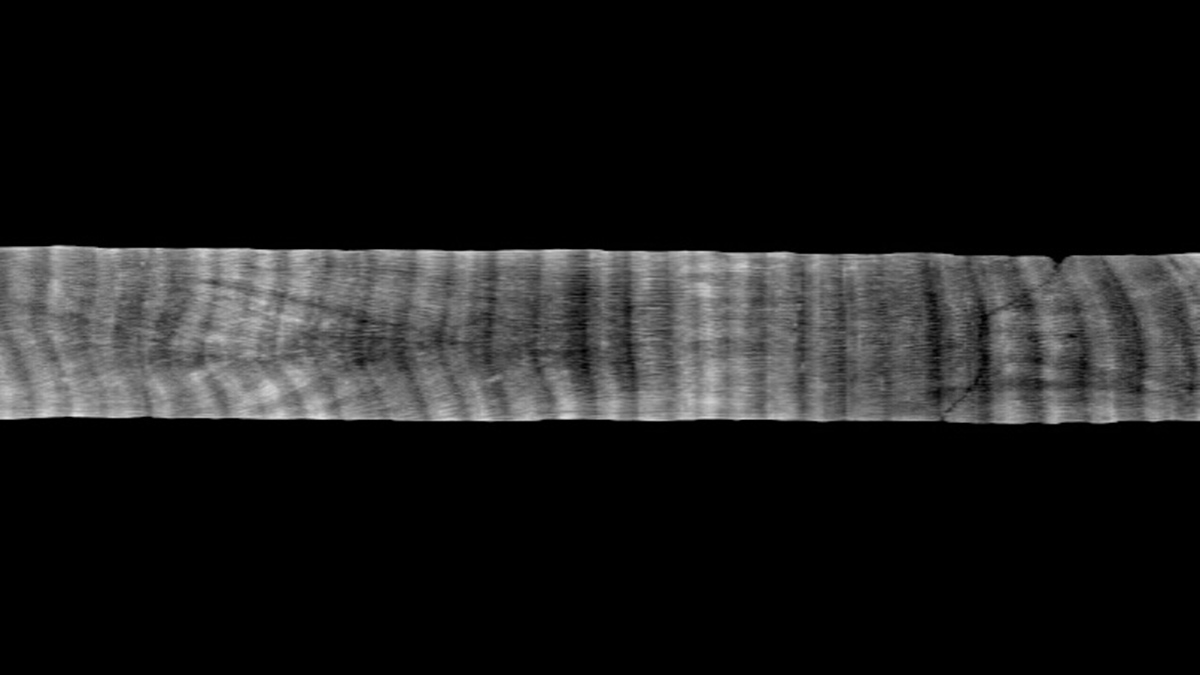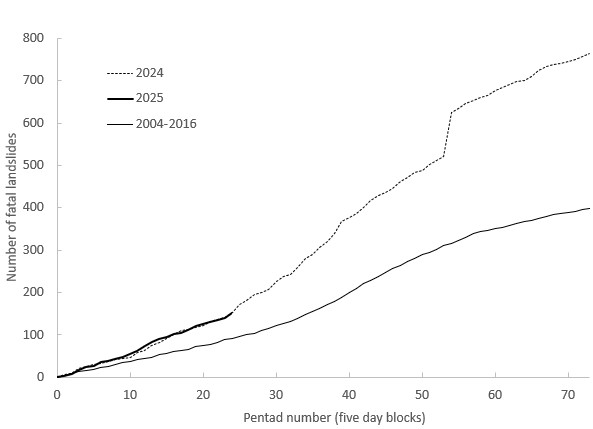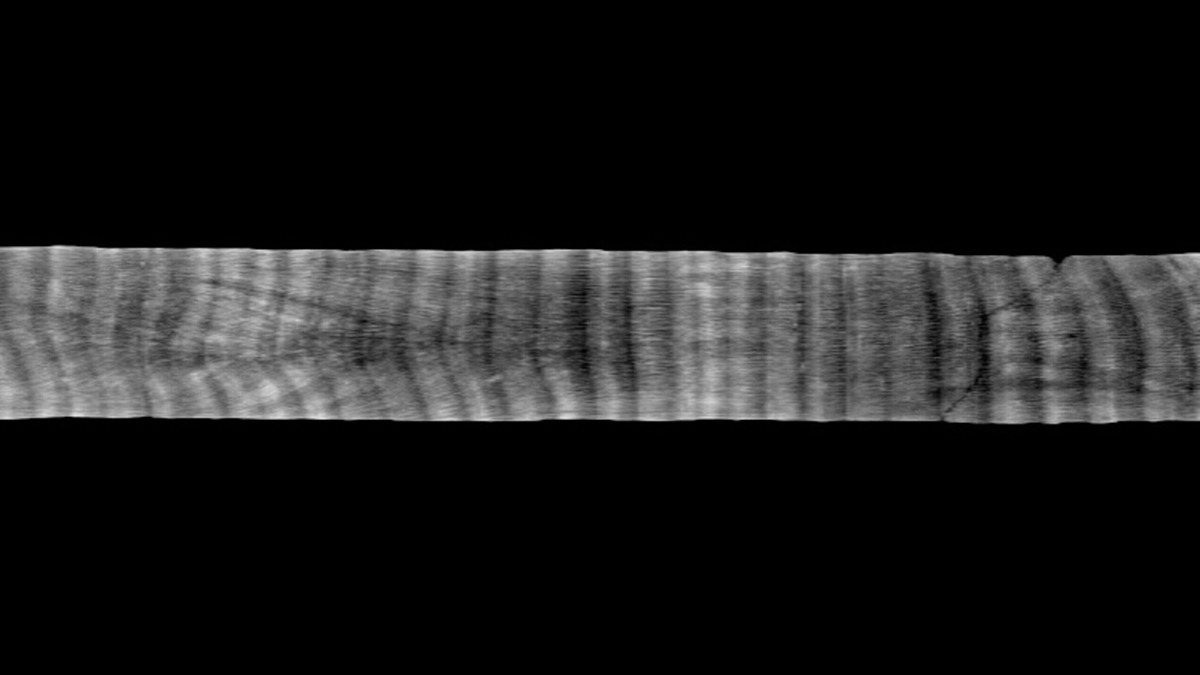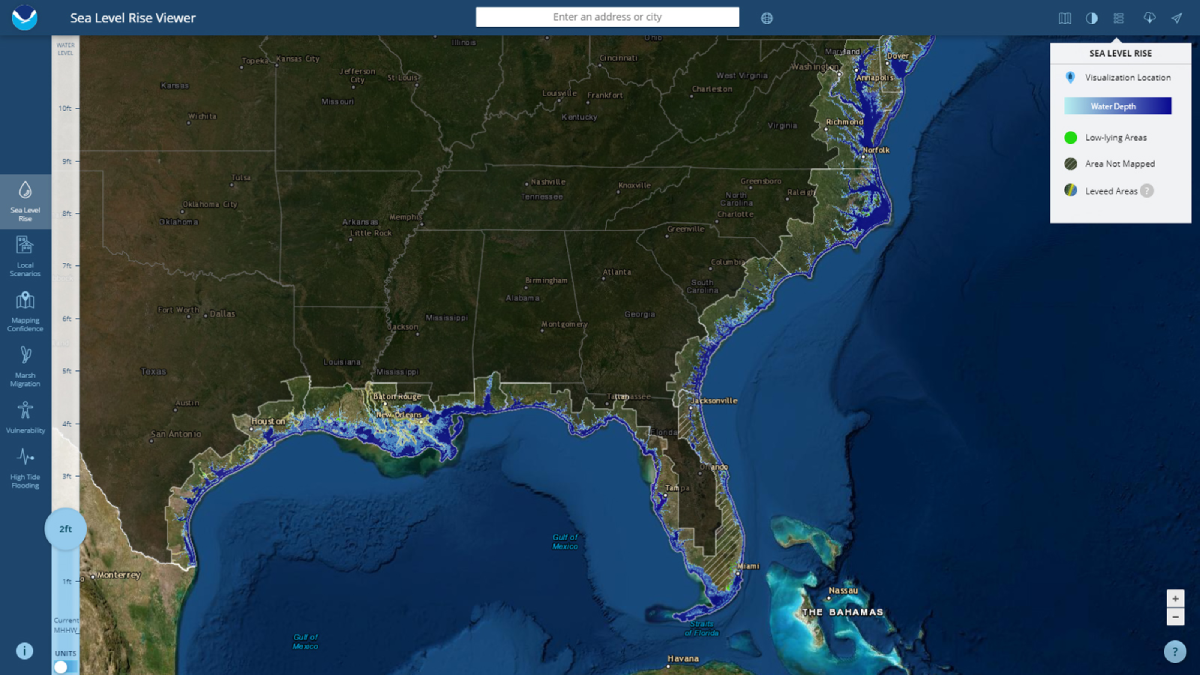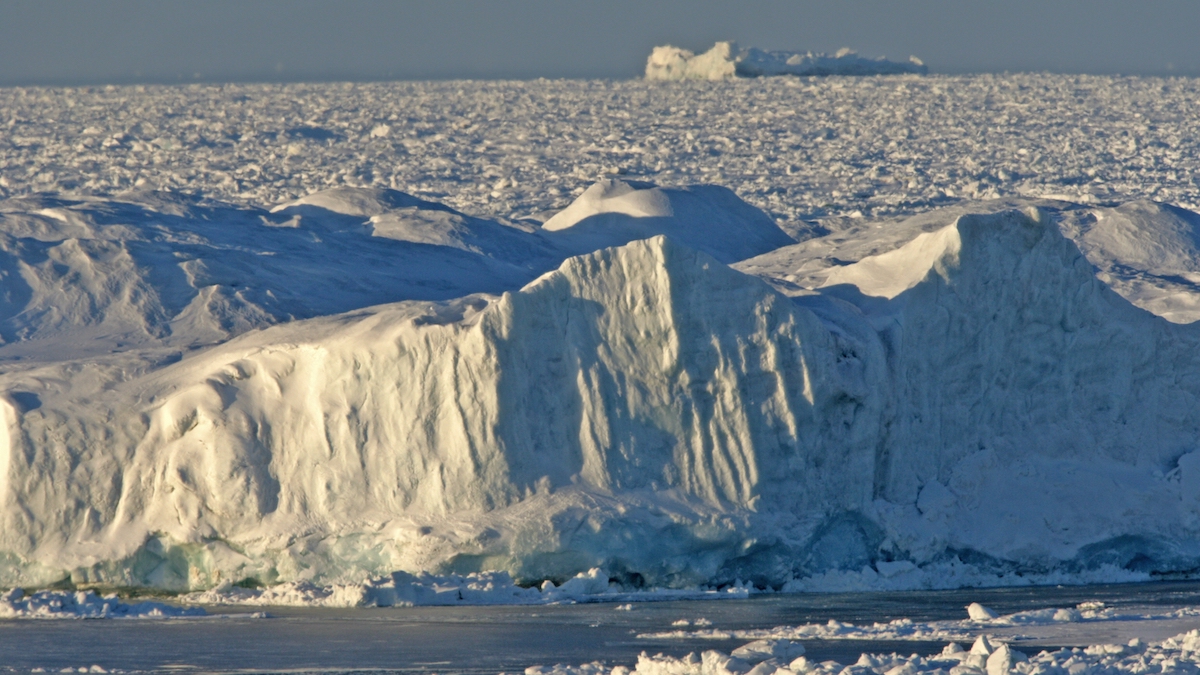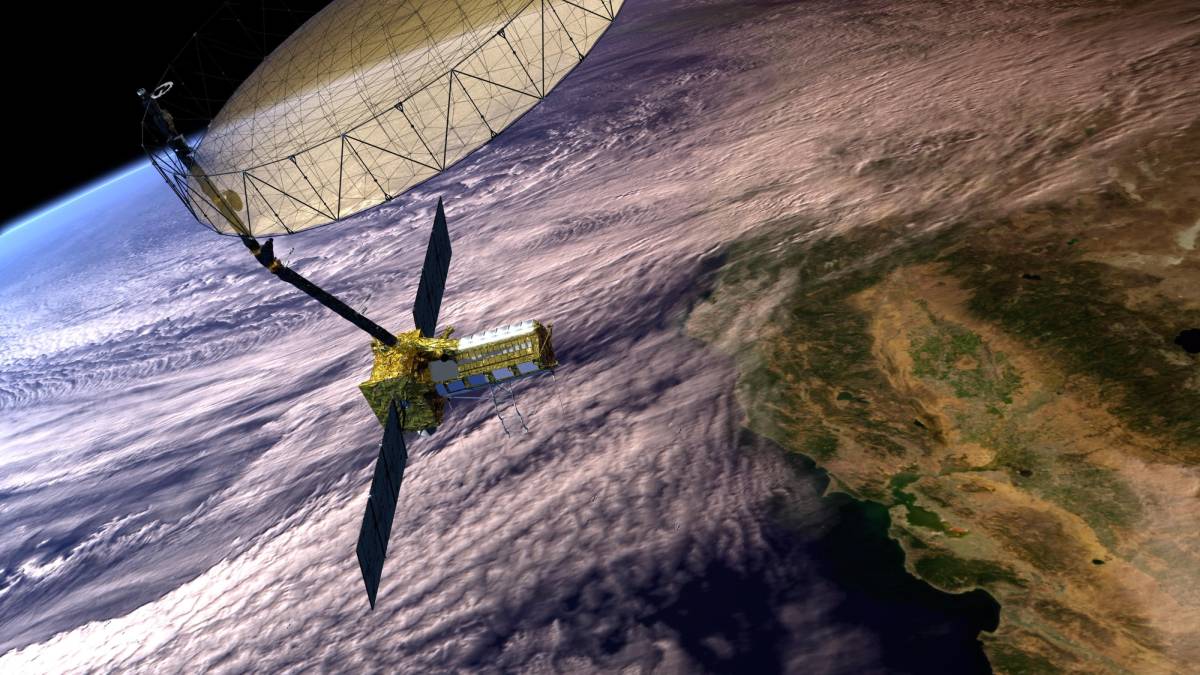A new database provides a comprehensive who’s who of scientists in solar and heliospheric physics research, offering a valuable resource for that community and a model for other fields to follow.
data management
Un repositorio de núcleos de coral diseñado para la transparencia y accesibilidad
CoralCT archiva datos originales y procesados de núcleos de corales y arrecifes, preservando información valiosa sobre cómo los corales responden a cambios medioambientales.
Fatal landslides in April 2025
In April 2025, I recorded 41 fatal landslides that cost 107 lives. I’m somewhat behind with posting updates on global fatal landslides due to other workload pressures – please accept my apologies. Please be assured that I’m still collecting the data and that I will make a summary available as soon as I can. Somewhat […]
A Coral Core Archive Designed for Transparency and Accessibility
CoralCT archives raw and processed data from coral and reef core samples, preserving valuable insights into how corals respond to environmental changes.
NOAA’s Climate Website May Soon Shut Down
Climate.gov, NOAA’s portal to the work of their Climate Program Office, will likely soon shut down as most of the staff charged with maintaining it were fired on 31 May.
NOAA Halts Maintenance of Key Arctic Data at National Snow and Ice Data Center
The National Snow and Ice Data Center (NSIDC) may no longer actively maintain or update some of its snow and ice data products after losing support from NOAA’s National Centers for Environmental Information, according to a 6 May announcement.
NOAA Datasets Will Soon Disappear
NOAA has quietly reported that they will soon decommission 14 datasets, products, and catalogs related to earthquakes and marine, coastal, and estuary science.
“Transformational” Satellite Will Monitor Earth’s Surface Changes
The mission, jointly operated by the United States and India, will measure minute changes to land, ice, and ecosystems around the globe.
Planting Seeds for Thriving Data Management
Learning how to manage research data is a core part of scientific education. The Earth Science Information Partners community has ideas to help early-career scientists build these important skills.
The Valuable, Vulnerable, Long Tail of Earth Science Databases
Community-curated data resources in the Earth sciences, highly valuable but systematically underfunded, are vital to research on a changing planet.


